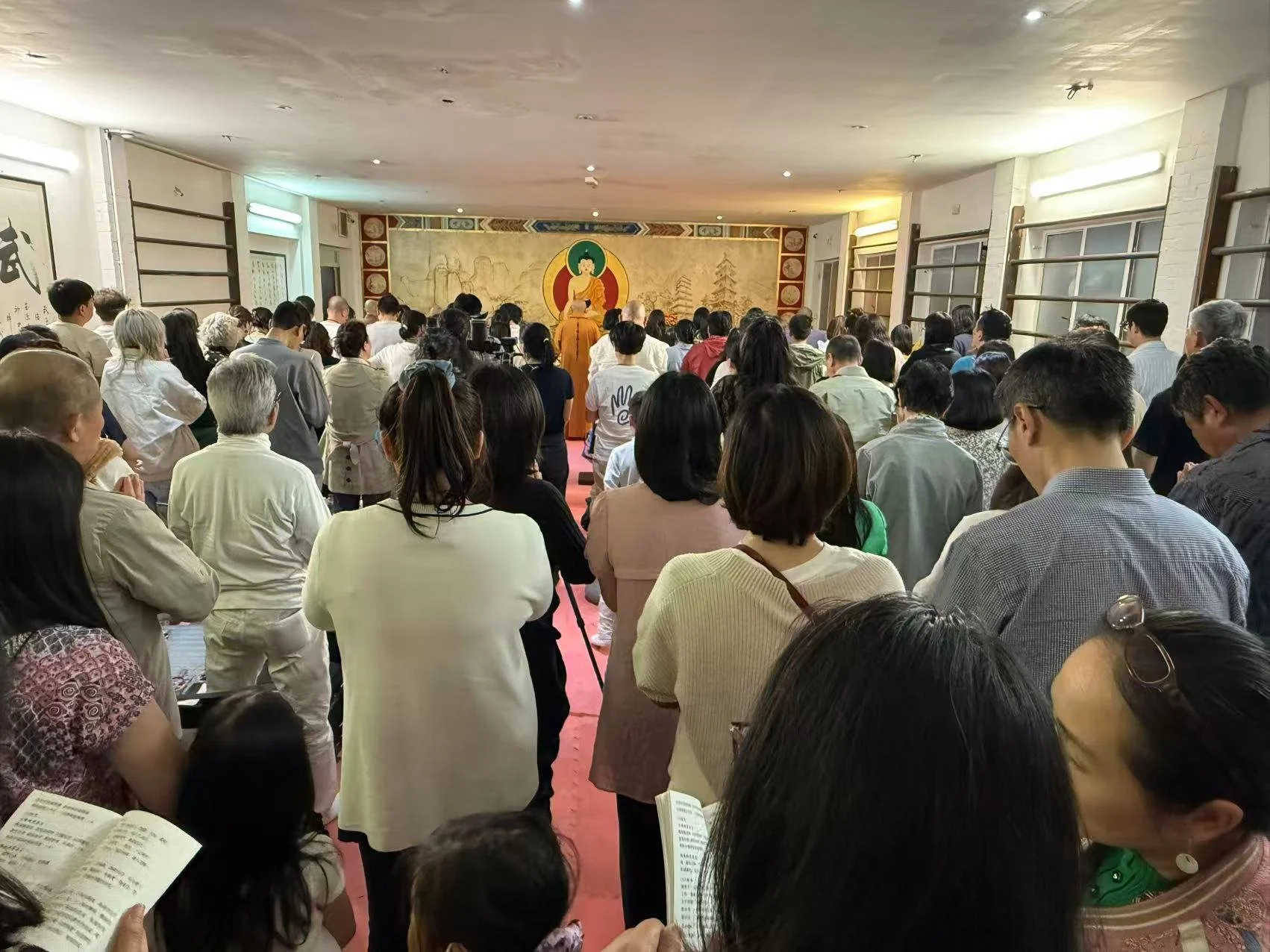Buddhism in the Shaolin Temple UK
Shaolin Monastery (少林寺 Shàolínsì), also known as Shaolin Temple, is a renowned temple recognized as the birthplace of Chan Buddhism and the cradle of Shaolin Kung Fu. It is located at the foot of Wuru Peak of the Songshan mountain range in Dengfeng County, Henan Province, China. The name reflects its location in the ancient grove (林 lín) of Mount Shaoshi, in the hinterland of the Songshan mountains. Mount Song occupied a prominent position among Chinese sacred mountains as early as the 1st century BC, when it was proclaimed one of the Five Holy Peaks (五岳 wǔyuè). It is located some thirty miles (about forty-eight kilometers) southeast of Luoyang, the former capital of the Northern Wei Dynasty (386–534), and forty-five miles (about seventy-two kilometers) southwest of Zhengzhou, the modern capital of Henan Province.[1] As the first Shaolin abbot, Batuo devoted himself to translating Buddhist scriptures and to preaching doctrines to hundreds of his followers. In 527, Bodhidharma, the 28th patriarch of Mahayana Buddhism in India, arrived at the Shaolin Temple. He spent nine years meditating in a cave of the Wuru Peak and initiated the Chinese Chan tradition at the Shaolin Temple. Thereafter, Bodhidharma was honored as the first patriarch of Chan Buddhism.[2] The Temple’s historical architectural complex, standing out for its great aesthetic value and its profound cultural connotations, has been inscribed in the UNESCO World Heritage List. Apart from its contribution to the development of Chinese Buddhism, as well as for its historical, cultural, and artistic heritage, the temple is famous for its martial arts tradition.[1] Shaolin monks have been devoted to research, creation, and continuous development and perfecting of Shaolin kung fu. The main pillars of Shaolin culture are Chan Buddhism (禅 Chán), martial arts (武 wǔ), Buddhist art (艺 yì), and traditional Chinese medicine (医 yī). This cultural heritage, still constituting the daily temple life, is representative of Chinese civilisation. A large number of celebrities, political figures, eminent monks, Buddhist disciples, and many other people, come to the temple to visit, make pilgrimages, and hold cultural exchanges.[3] In addition, owing to the work of official Shaolin overseas cultural centers and foreign disciples, Shaolin culture has spread around the world as a distinctive symbol of Chinese culture and a means of foreign cultural exchange.[4] At present, Shaolin Temple uk is a London based centre for chan Buddhism. We have a prayer hall called Buddha Hall our students, members and those who follow the teaching of Buddhism.
The current abbot of Shaolin Temple is Venerable Master Shi Yongxin, the thirtieth-generation abbot of Shaolin Temple. Born as Liu Yingcheng, he comes from a devout Buddhist family from Yingshang, Anhui province. At the age of seventeen, he came to Shaolin Temple in Mount Songshan, where the Abbot Master Xingzheng took him as a disciple. His Buddhist name, “Yongxin”, means the one who “always believes in Buddhism”. Later, he studied at the Yunju Mountain in Jianxi Province, Jiuhua Mountain in Anhui Province, and Guangji Temple in Beijing. After having received his precepts in Puzhao Temple in Jianxi Province in 1984, he returned to Shaolin Temple. He continued serving Master Xingzheng and was also a member of the newly established Democratic Management Committee of Shaolin Temple. In 1987, after his master died, he took over the position of Chairman of Shaolin Temple Management Committee and presided over the work of the monastery. In March 1993, Shi Yongxin was elected a member of the Henan Provincial Political Consultative Conference and in October of the same year, the Head of the Buddhist Association of China. He was elected as Deputy to the Ninth (1998), Tenth (2003), Eleventh (2008), and Twelfth (2013) National People’s Congress. In July 1998, he became the President of the Henan Buddhist Association. In August 1999, Shi Yongxin was honored as the abbot of Shaolin Temple. In 2002 and again in 2010, he was elected Vice President of the Buddhist Association of China. In 2010, he also became the Director of the Overseas Communication Committee of Buddhist Association of China.[42]
Abbot Shi Yongxin’s published works in recent years include texts in the Dew of Chan journal series and the books My Heart My Buddha, Shaolin Temple in My Heart, among others. He has also compiled dozens of books, including Shaolin Temple, Collection of Shaolin Kung Fu (second series), Medical Secret Records of Shaolin Kung Fu, Encyclopedia of Shaolin Temple (three volumes), Chan Buddhism Grand Ceremony (200 volumes), Chinese Martial Arts Grand Ceremony (101 volumes), Medical Encyclopedia of Chinese Buddhism (101 volumes), Essays of International Seminars on Chan Culture, Science of Shaolin Anthology, Shaolin Kung Fu, Chan Happiness, The Heart Sutra of Bodhisattva, and others.



















